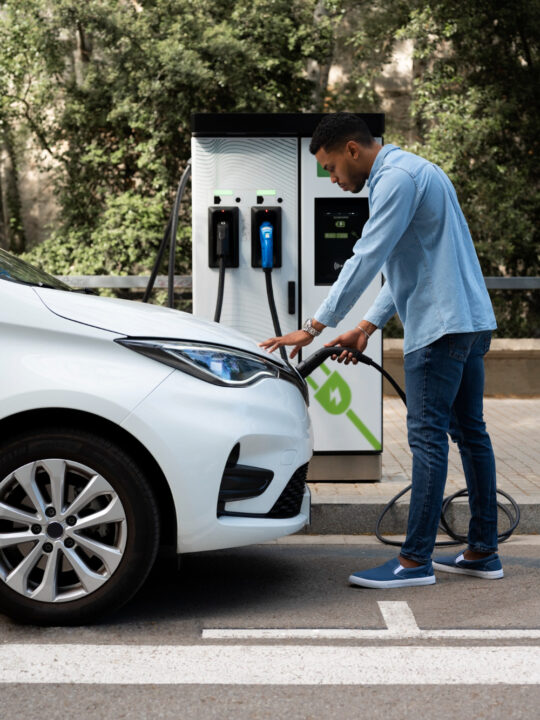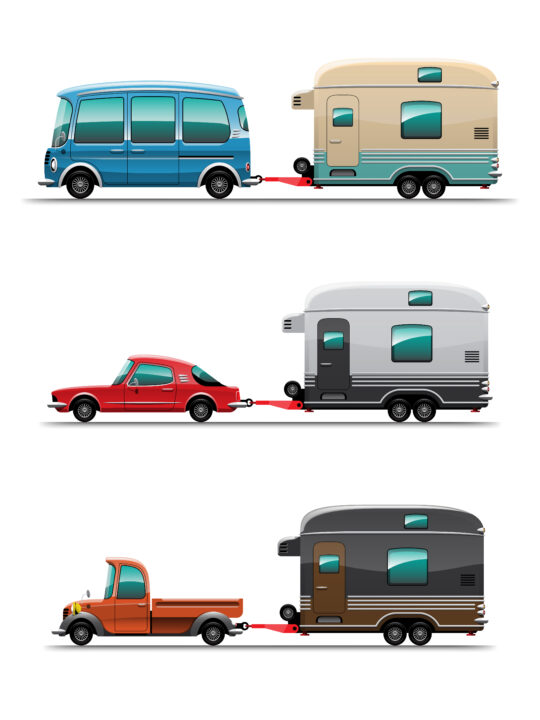 So, you have extra cash laying around that you want to invest and do not know how to go about it. There are many options for what you can do with extra cash that might just get you more money in return. You can invest in stocks, bonds, and mutual funds, among others. While there is always a risk associated with doing this, the return can be worth it.
So, you have extra cash laying around that you want to invest and do not know how to go about it. There are many options for what you can do with extra cash that might just get you more money in return. You can invest in stocks, bonds, and mutual funds, among others. While there is always a risk associated with doing this, the return can be worth it.
If you are contemplating investing your money, you need to put your money somewhere where you can invest safely and hopefully make a good return. That place is an investment vehicle, which is basically the method which you use to invest your assets. An investment vehicle can allow an investor to receive a positive outcome through income and capital gains. Some examples of investment vehicles include stocks, bonds, mutual funds, and more. The type of investment vehicle you decide on will control your costs and benefits, so it is crucial you choose the right one for you. Here is a complete guide to choosing the right investment vehicle for you:
Types of Investment Vehicles
There are two main types of investment vehicles: direct investments and indirect investments. Direct investments are specific securities that will always produce either a positive or negative investment return. Some examples of this are stocks, bonds, and real estate. In this scenario, the investor has total authority over what securities to purchase.
Indirect investments hold a direct investment that was first selected by a portfolio manager. The investor will pay this manager to monitor their investments. Some examples of this are mutual funds, the MBS market, and hedge funds. There are pros and cons to both, and so it depends on your specific situation to decide which way to go.
Direct investments have lower fees since you have complete control over your decisions, which is a positive to many. Indirect investments have higher fees, but you will own the investment vehicle and not the underlying holdings.
Look At The Characteristics

When choosing your investment vehicle, it is important to look at the specific characteristics. Some characteristics to pay attention to are expected return, risk, liquidity, cost, structure, and pricing.
Expected Return: The expected return is how much the investor can realistically make holding the investment. Expected return is determined by the cash flow of the investment, how much the cash flow is expected to increase, and how much investors predict to pay in the future for the cash flow versus now.
Risk: The risk is how much an investor can possibly lose with their investment. Volatility is a component of risk, which is how much the investment will stray from the expected return.
Liquidity: Liquidity is based on how easily an investor can sell. For example, if an investment has a lot of potential buyers, it will be more liquid. The more liquid your investments are, the better.
Costs: Costs are simply how much an investor spends to buy, sell, and hold their investment vehicle. However, these costs can fluctuate depending on the vehicle. For example, direct investments have lower costs as there is no portfolio manager needed to choose the investments.
Structure: The structure is how the investment vehicle is evaluated by the investors. The structure means if the investment is direct, indirect, public, or private. The structure also includes the investment’s liquidity, costs, and leverage.
Pricing: The pricing is how the investment vehicle’s market price is set. For example, the market price of some investment vehicles are determined by trades on the secondary market. This would include stocks or close-ended funds.
Before you start to invest money, it is important to do your research so you can understand what investment vehicle will work best for you. The amount of returns you hope to get or your level of risk will impact the investment vehicle you choose, so it is important to take all of these aspects into consideration.







